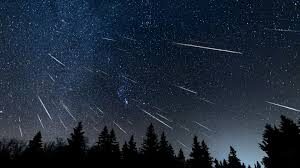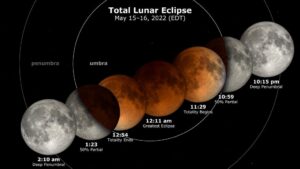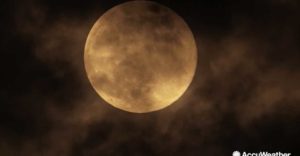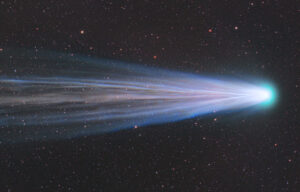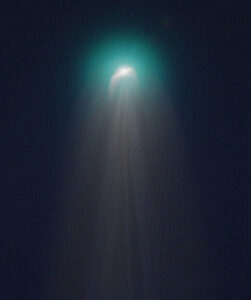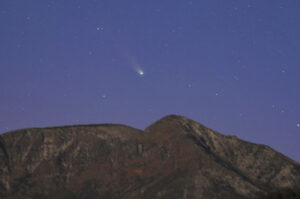Stunning meteor shower from Halley’s Comet to light up night skies
The Orionid meteor shower is active from Sept. 26 to Nov. 22, with a peak during the early morning hours of Friday, Oct. 21. NASA says this shower is considered “one of the most beautiful meteor showers of the year,” known for bright, fast shooting stars that leave long trails glowing in their wake.
Fast meteors like the Orionids can sometimes even leave “fireballs,” or longer explosions of light.
Read on to learn about the shower and how to watch it.
What are the Orionids?
This meteor shower is caused by space debris from what could be the best-known comet ever: Halley’s Comet, which takes 76 years to orbit the Sun just once. It hasn’t been seen by casual Earth stargazers since 1986. NASA says it’ll return in 2061, if you want to add that to your calendar.
The comet is named for English astronomer Edmond Halley, who correctly predicted its return.
Halley’s Comet sheds streams of ice and dust every time it circles back through the inner solar system, leading to two different yearly meteor showers.
“The Eta Aquarids are the outbound particles of Halley’s comet and the Orionids are the inbound,” American Meteor Society editor Robert Lunsford said, adding that both showers have a nearly two-month active period. “Halley’s Comet has been through the inner solar system so many times, a lot of the particles have spread out.”
Estimates for how many meteors you could see per hour vary, with NASA predicting 15 and AMS estimating 10 to 20. Due to the long active period for the Orionids, those peak rates are expected to last longer than for other showers.
“That’s what’s different about this long period shower — it has a plateau-like maximum,” Lunsford said. “So if you miss the night of maximum activity, the night after and even a couple of nights after that is well worth watching.”
The Orionids meteor shower has a history of surprising its viewers. AMS says in 2006 to 2009, the shower’s peak rates rivaled that of the stunning Perseids, which can average 50 to 75 meteors per hour.
How to watch the meteor shower this week
The Orionids will peak in the early morning hours between Thursday and Friday.
NASA recommends watching in the hours between midnight and dawn, well away from city lights if possible. A lawn chair or sleeping bag will help you stay cozy as your eyes adapt to the darkness — this takes about 30 minutes. As experienced stargazers know, some patience will come in handy.
“Watch for at least an hour… Because there’s peaks and valleys of activity, a in all meteor showers,” Lunsford said. “You could be out there at the wrong time and see nothing. And then during the next five or 10 minute period, you’ll see all kinds of activity.”
